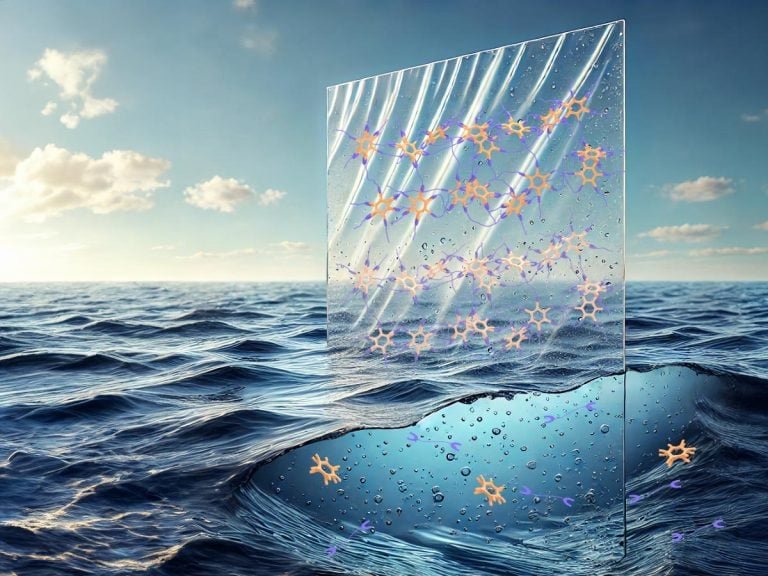A groundbreaking new plastic has been developed by researchers at RIKEN, offering a potential solution to the pressing issue of microplastic pollution. This innovative material is not only durable and strong but also biodegradable, breaking down safely in seawater.
The Problem of Microplastics
Microplastics, tiny fragments of plastic smaller than 5 mm, have become a major environmental concern. They accumulate in oceans, soils, and eventually enter the food chain, harming aquatic life and even making their way into humans.
A New Sustainable Plastic
The new plastic, developed by a team led by Takuzo Aida at the RIKEN Center for Emergent Matter Science (CEMS), is based on supramolecular structures. This material is fully recyclable, non-toxic, and non-flammable, making it an attractive alternative to traditional plastics.
How it Works
The new plastic is made by combining two ionic monomers that form cross-linked salt bridges, providing strength and flexibility. When exposed to seawater, the salt bridges break down, allowing the plastic to dissolve and biodegrade.
Potential Applications
The new plastic can be tailored for different uses, including:
- Hard, scratch-resistant plastics
- Flexible, rubber-like plastics
- Strong, weight-bearing plastics
- Biodegradable plastics for medical or health-related applications
Conclusion
The development of this revolutionary new plastic offers a promising solution to the problem of microplastic pollution. With its unique ability to break down safely in seawater, this material has the potential to reduce the amount of plastic waste in our oceans and environment.

















